After a diagnosis of prostate cancer, there are several treatment options you may want to consider. However, there is no single option that is right for all men with prostate cancer. Some prostate tumors grow very slowly or don’t grow at all, so you may never even need treatment if you have such a tumor. Then there are tumors that grow rapidly and spread quickly to different areas of the body. Either way, you should work with your doctor to decide what is best for you. As you discuss your treatment with your cancer care team, it is important that you weigh the benefits of every option against the possible side effects and risks.
The factors to consider when choosing treatment for prostate cancer include:
- Stage of your cancer (how far it has spread).
- Severity of the tumor (how large in size and how serious the symptoms are).
- How quickly the cancer is growing or spreading.
- Your age, state of health, lifestyle and expected lifespan.
- Any other serious conditions you may have.
- What every treatment involves.
- Possible side effects of the treatments.
- The possibility that the treatment will cure the tumor or help in some way.
- How the treatment chosen may affect other treatment options later should the cancer recur or spread.
- Your personal feelings about each treatment option.
- Practical issues such as nearness to hospital.
The most common treatments for prostate cancer include:
1. Active surveillance
The doctor keeps an eye on the cancer to make sure it can be treated should it begin to spread or grow aggressively. This option is appropriate if you have a small, localized, slow-growing tumor. The doctor will wait until symptoms appear in order to begin treatment. During active surveillance, the progress of the tumor is monitored through regular PSA blood tests, ultrasounds, rectal exams and biopsies. The tests help to check whether the cancer is getting worse so appropriate treatment can be administered as soon as it begins to grow or spread.
2. Radiation therapy
Radiation is aimed at the cancer to destroy the cells and treat the tumor. Image-guided radiotherapy ensures that prostate cancer can be treated with minimal effect on healthy cells. However, radiation therapy is still often considered more ideal for older men and those who have other serious health problems and less so for younger men. You also may undergo radiotherapy after surgery to help get rid of any cancer cells that remain behind or to treat cancer that has reached the bones. There are two forms of radiotherapy: external beam radiotherapy that is applied by a machine placed outside the body and internal radiotherapy (brachytherapy) that involves inserting small radioactive “seeds” into the body either near or into the cancer.
3. Surgery
If you are healthy and have a localized cancer, you may choose to have an operation to remove the prostate gland or to remove the gland and surrounding tissue. But surgery for prostate cancer is often associated with problems getting an erection and controlling urine, so you should speak with your urologist before the procedure to find out if measures are in place to protect your nerves and minimize such effects.
4. Hormone therapy
Prostate cancer cells require the hormone testosterone to keep growing. Hormone therapy, also called androgen deprivation therapy, is when the urologist applies treatment to ensure the cancer cells can’t get the hormone. The treatment either may lower the body levels of testosterone and other male hormones or block the way testosterone works.
5. Chemotherapy
Your urologist may prescribe drugs to kill prostate cancer cells or shrink the prostate. The drugs can be taken orally or may be injected directly into your bloodstream. Generally chemotherapy isn’t given for men with early-stage prostate cancer. But when the cancer is advanced or has spread to other areas of the body, then chemotherapy may be ideal. Apart from using drugs, the urologist may give the prostate cancer vaccine to boost your immune system in order to fight the cancer cells. The vaccine is often given to men who haven’t been successful with hormone therapy and it can help you live longer.
Surgery vs. radiotherapy: Which one is ideal for you?
While some men with low-risk localized prostate cancer and some with medium-risk cancer may find watchful waiting (active surveillance) appropriate, others with localized cancer may want to begin treatment right away. And in that case, either radiation therapy or surgery may be the suitable treatment.
Both radiation therapy and surgery work well for localized prostate tumors, limiting the possibility of the cancer spreading outside the prostate. Both treatments have side effects too, including bowel, bladder and erection problems. With radiation therapy, you are more likely to have bowel problems. But with surgery, you are more likely to have erection problems or leaking of urine. So the choice you make between radiation therapy and surgery should primarily depend on your treatment goals.
For example, if the goal is to treat the cancer by removing the prostate, then surgery is the proper treatment. Of course, there are men who just want to get the cancer out and they wouldn’t mind removal of the prostate too. Then there are some who want to avoid radiation so surgery suits them well. If the goal is treating cancer while also avoiding the risks associated with a major surgery, then radiation therapy is the ideal choice. Having radiation instead of surgery also will help to avoid erection problems and preserve your sexual function.
One form of treatment may be more appropriate for you than the other because of how you feel about it, other health problems you have and your life expectancy. For instance, young men do well after surgery while older men tend to respond well to radiotherapy. That is why you should discuss your options with your doctor before you make a decision.
Treating advanced-stage prostate cancer
For advanced prostate cancer — a cancer that has spread beyond the prostate and into other parts of the body — treatment may not cure the cancer, but will keep it in check and relieve symptoms. The treatment options for advanced prostate cancer include hormone therapy, chemotherapy plus hormone therapy and prostate cancer vaccine. Usually, hormone therapy is given for advanced-stage prostate cancer to help keep the cancer under control. But if after some time the cancer begins to grow again, other treatments may be administered along with the hormone therapy to control the cancer and alleviate the symptoms, though the hormone therapy regime is kept because it ensures that your testosterone level is low.
With prostate cancer, there is no perfect treatment for every patient. All definitive treatments come with side effects, which tend to vary depending on the patient and the actual treatment. As urologists, we are always endeavoring to minimize these effects by picking the appropriate treatment for each patient. We make sure that the treatment can effectively eliminate the cancer while also preserving the patient’s quality of life during and after therapy. For further information on treatment of prostate cancer, visit the “Advanced Urology Institute” site.


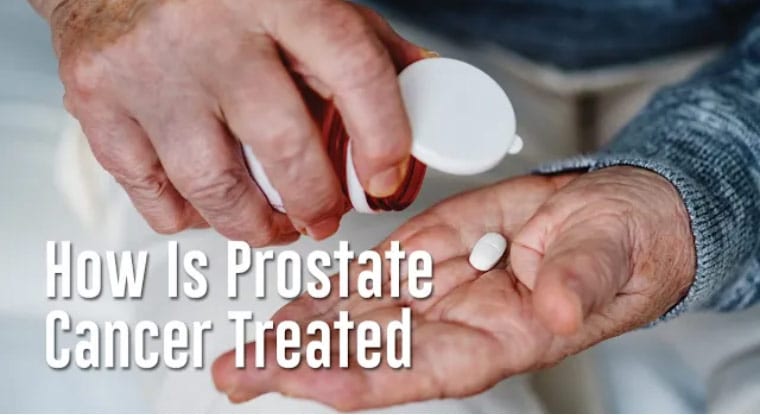
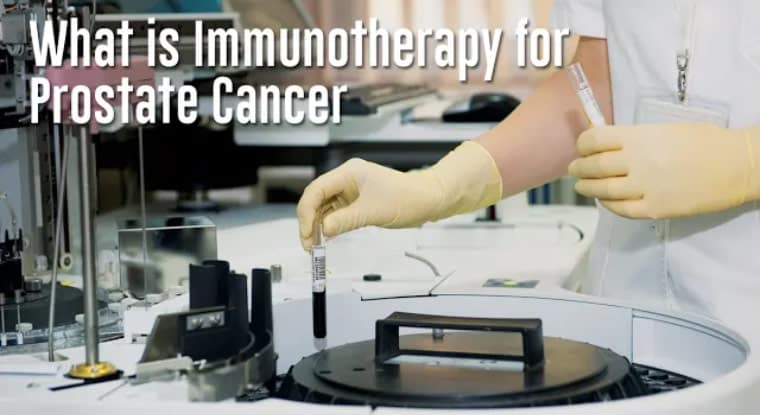
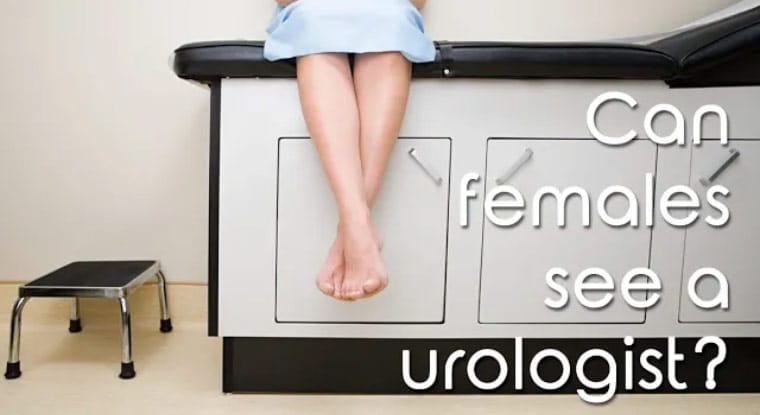
 Females may have bladder control problems at any age. Also called urinary incontinence (UI), loss of bladder control is a common problem in women and they are twice as likely to have the problem as men. There are different types of urinary incontinence. For example, women who can’t hold urine as they cough, sneeze or exercise are said to have stress incontinence. This type of UI occurs when the muscles supporting the bladder are weakened by pregnancy, childbirth, aging or other factors.
Females may have bladder control problems at any age. Also called urinary incontinence (UI), loss of bladder control is a common problem in women and they are twice as likely to have the problem as men. There are different types of urinary incontinence. For example, women who can’t hold urine as they cough, sneeze or exercise are said to have stress incontinence. This type of UI occurs when the muscles supporting the bladder are weakened by pregnancy, childbirth, aging or other factors.
 We regret to inform you that due to Hurricane Michael, we are no longer providing Radiation Treatment and forced to close our facility at Bay Regional Cancer Center.
We regret to inform you that due to Hurricane Michael, we are no longer providing Radiation Treatment and forced to close our facility at Bay Regional Cancer Center.
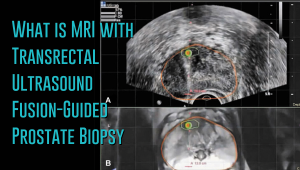 Prostate cancer has a new standard of care in MRI-guided fusion biopsy with transrectal ultrasound. While a prostate biopsy has been the only way to get a definitive diagnosis of prostate cancer, it has only been working if cancer cells are identified in the sample tissue. But in some cases, such as when the tumor occurs at the top surface of the prostate or other unusual locations, a biopsy may not give a correct diagnosis. For instance, the standard TRUS (transrectal ultrasound) guided biopsy in which tissue samples are collected from the prostate in a systematic pattern gives a negative result with tumors located in unusual areas of the prostate. About 15-20 percent of tumor locations can be missed by the biopsy needle.
Prostate cancer has a new standard of care in MRI-guided fusion biopsy with transrectal ultrasound. While a prostate biopsy has been the only way to get a definitive diagnosis of prostate cancer, it has only been working if cancer cells are identified in the sample tissue. But in some cases, such as when the tumor occurs at the top surface of the prostate or other unusual locations, a biopsy may not give a correct diagnosis. For instance, the standard TRUS (transrectal ultrasound) guided biopsy in which tissue samples are collected from the prostate in a systematic pattern gives a negative result with tumors located in unusual areas of the prostate. About 15-20 percent of tumor locations can be missed by the biopsy needle.
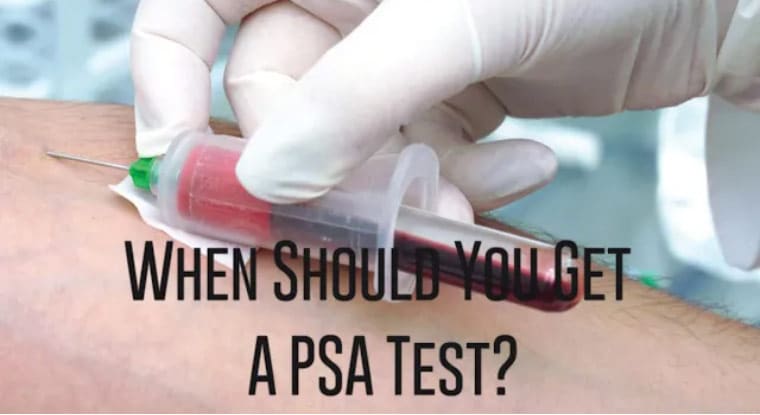
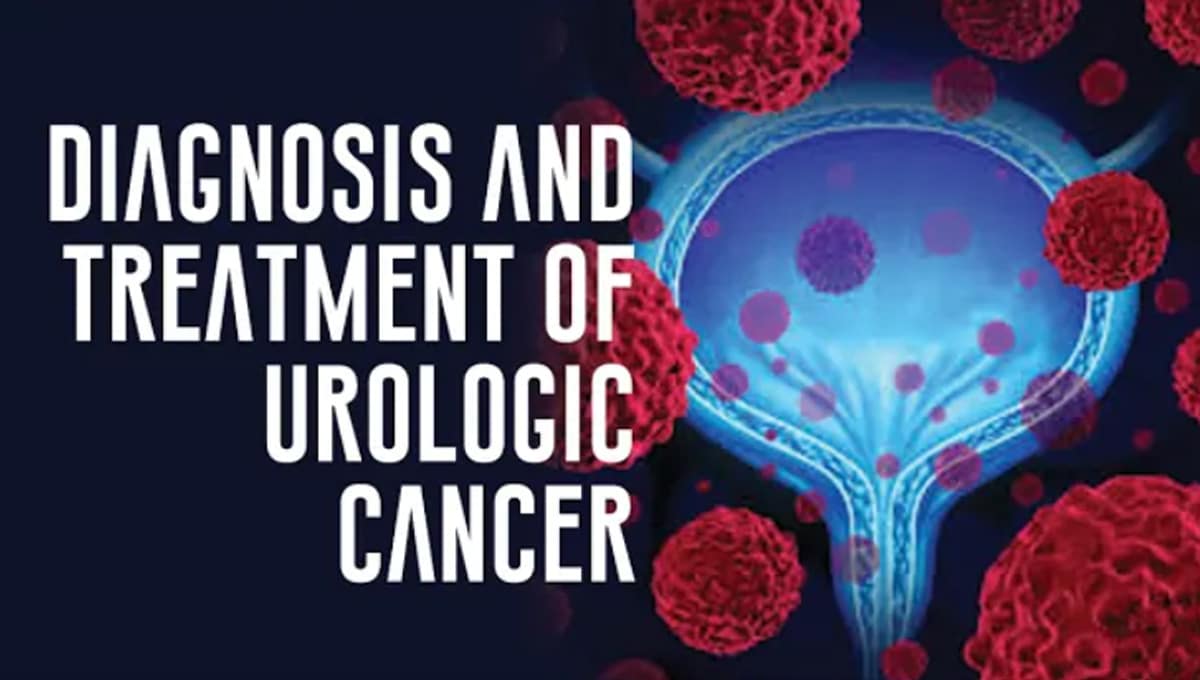
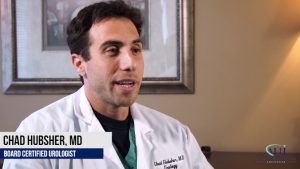 At Advanced Urology Institute, we understand that
At Advanced Urology Institute, we understand that